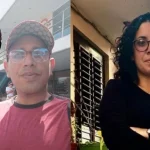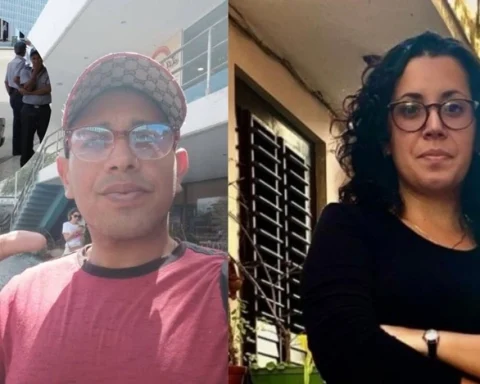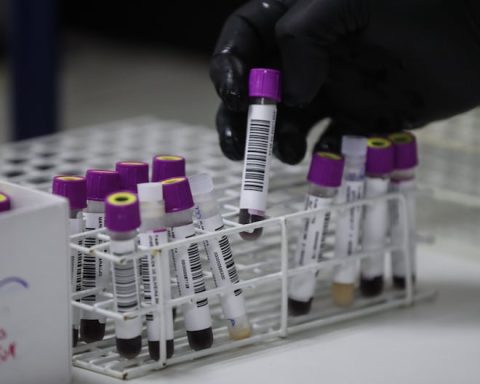The Public Lighting Directorate of the Paysandú Intendancy has been working in parallel with the tasks that are being carried out from the Cecoed after what was the squall of last July 11. In this sense, all the situations and complaints that have come have been addressed, such as falling columns and broken cables.
“The Public Lighting team has managed to get us to the Costanera area these days, which is the only one in which we have a lack of lighting, and for that we apologize to the population,” said the director general of Works. , Horacio Marsico.
From Public Lighting, they had been working on generating neighborhoods with new lighting, while, together with the Decentralization Directorate, a survey was carried out inside the department. “These issues have been delayed due to the fact that we had 35 areas where the lighting went down after the July 11 squall,” explained Mársico.
This generated that 3,500 meters of cable have been placed, 50 lights and 50 columns that were replaced. “In less than a month, the Public Lighting team has managed to get us to the Costanera area these days, which is the only one that has lighting deficiencies and for that we apologize to the population,” he added.
Mársico recalled that he had already anticipated that the leisure spaces would be the last to have lighting after the squall, since “the main thing is safe spaces for people, in the neighborhoods.”
“We focus on taking risks”
“We spent three days reviewing situations of fallen columns, of cables on the roofs,” reported the director of Public Lighting, Héctor Acland. In this sense, he assured that “the first week we focused on taking risks, although we did an assessment of the damage caused, the first thing we did was to give people security.”
“The squall caused a lot of losses,” lamented Acland, who also indicated that they have worked jointly with UTE. “One of the biggest drawbacks we had was that if we didn’t act quickly it could cause a disaster in the population if a high-tension cable was left in the street.”
In this sense, the director of Public Lighting indicated that more than 30 interventions were made that did not belong to his dependency “but there were families at risk and we did not look at whose cable it was”, but instead worked jointly with other institutions.
Likewise, he pointed out that there were 35 affected areas –mainly the North zone– of which the work has already been completed by 90%. Acland clarified that not only replacements have been made, but also repairs have been made to the luminaires so that they remain in operation.
While he assured that the priorities of arrangements are being marked in the direction of Public Lighting; “Priority is given to dark or very dark areas,” he said.
“People are getting used to the fact that a response is always given when a claim is made; the answer can be positive or negative, but there is always an answer”, he asserted.


















